Building a Book: HathiTrust, Ancestry.com, Serendipity, and Lifetime Interests – Lillian Rosanoff Lieber (1886–1986)
My scholarly interest in math popularization suggested another candidate for a biographical vignette: Lillian Lieber (1886–1986). In this case, my acquaintance was relatively recent. I had long vaguely known that she had written a book featuring T. C. MITS (The Celebrated Man In The Street) [Lieber and Lieber 1942], but this book had not been in my father’s collection. (I suspect that my father was not charmed by Lieber’s whimsical humor.) It was not until 2013 that I bought a used copy of The Education of T. C. MITS: What Modern Mathematics Means to You (originally published in 1942) and read it. I also had a copy of a considerably more technical Lieber book, inherited from my physicist grandfather: The Einstein Theory of Relativity [Lieber and Lieber 1932].

Figure 11. Portrait of Lillian R. Lieber, date unknown. Public domain.
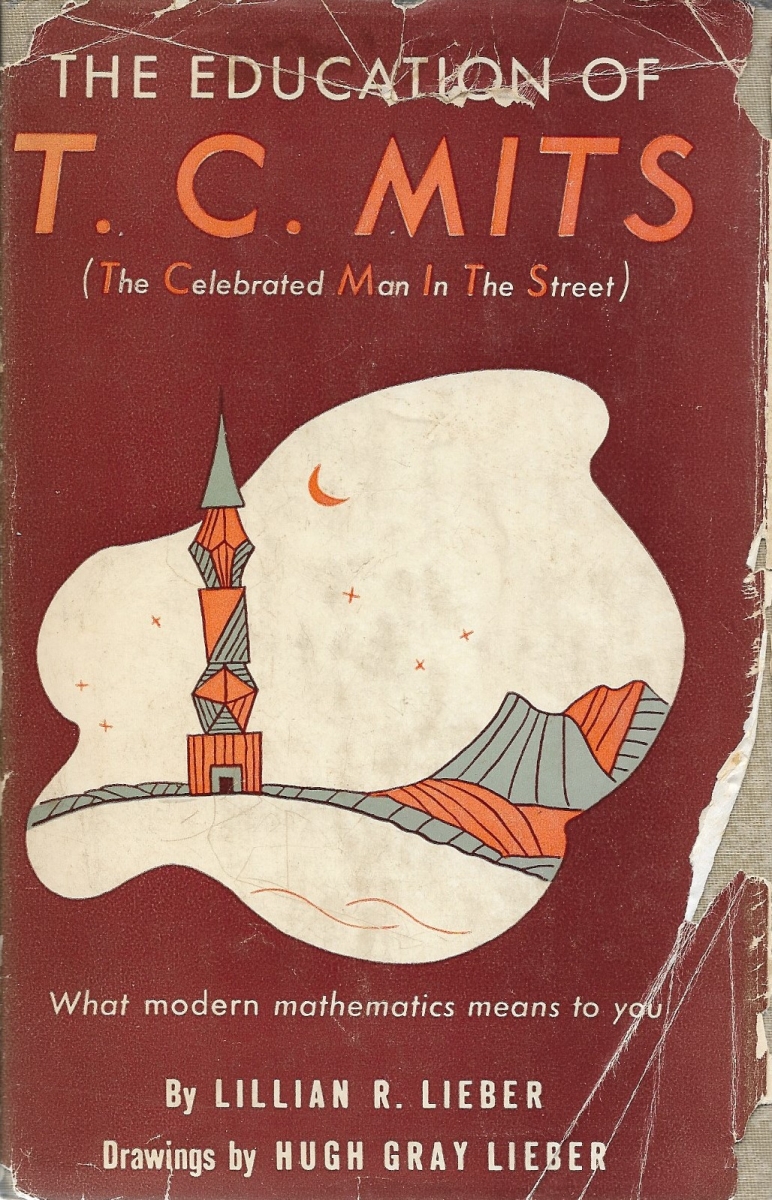
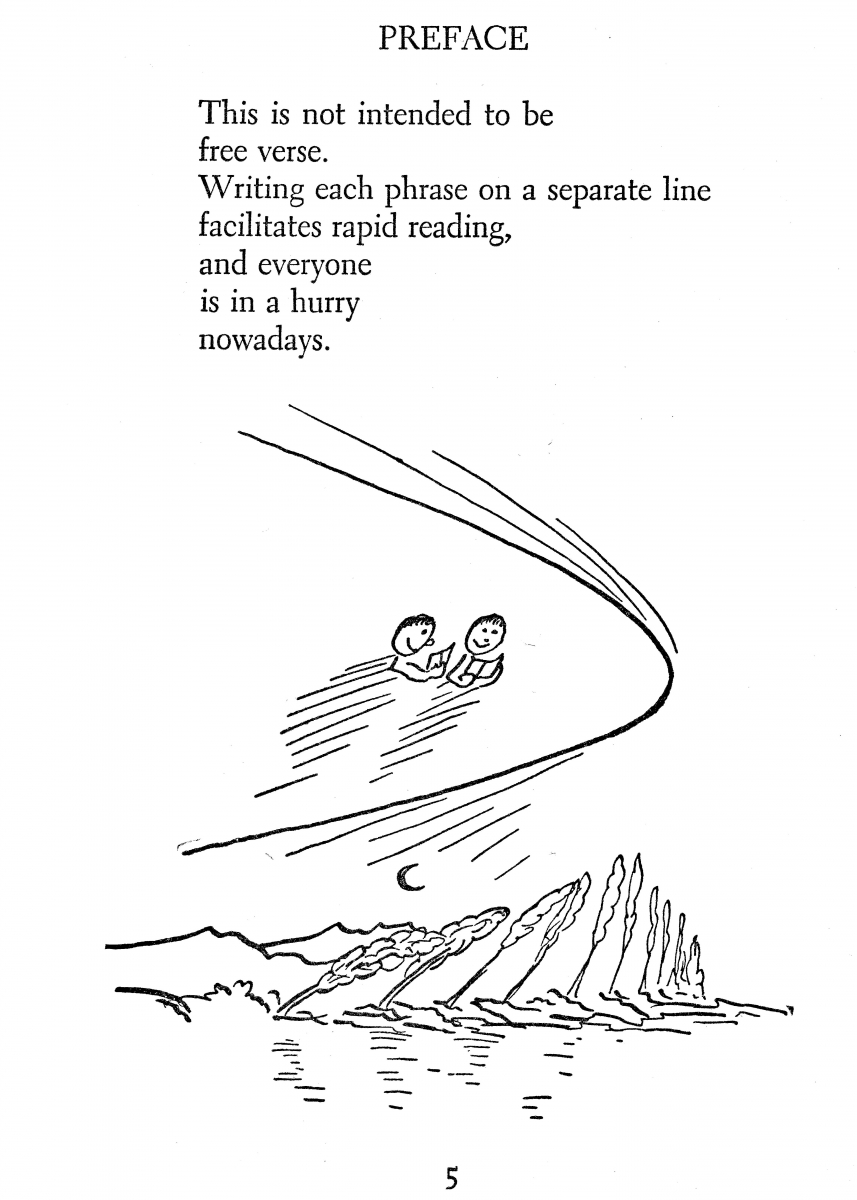
Figure 12. Far above, cover of copy of The Education of T.C. MITS owned by David Lindsay Roberts.
Near above, page 5 of this volume. Photos by David Lindsay Roberts.
Page 5 reproduced with permission of W. W. Norton.
MITS and Relativity were part of a whole series of books written by Lieber, with her husband, Hugh Lieber, as the illustrator. The format of all these volumes is distinctive. The text is broken into short lines, left justified, although Lillian denied any intention to write verse. She asserted that the abundant white space was to improve readability. Periodically, quirky drawings by Hugh were inserted into the text.
Just as I was becoming interested in the Liebers in 2013, I came across a reference to them from a quite unexpected source. My wife and I in recent years have been attempting to reduce our vast collection of books. According to our rules, if both of us sign off, by either reading the book or declaring it of no further interest, it can be disposed of. A book that my wife had read before we had first met in 1973, and which she had brought to our collection, was John Gunther’s Death Be Not Proud [Gunther 1949]. In 2013, this 160-page volume somehow came under my gaze, and I figured that I could quickly zip through it and put it in the give-away pile.
The absurdity of claiming to make a dent in our oversupply of books by removing one quarter-inch thick paperback must be acknowledged. The absurdity is especially glaring in comparison to the other John Gunther book on our shelves: Inside U.S.A. [Gunther 1947]; 900 pages and two and a half inches thick. I had purchased it in the 1990s to supplement my training as an American historian. My wife had never expressed any interest in it, but I still felt an obligation to read it sometime, although that time had not yet arrived in 2013, nor has it arrived since. Maybe next year.
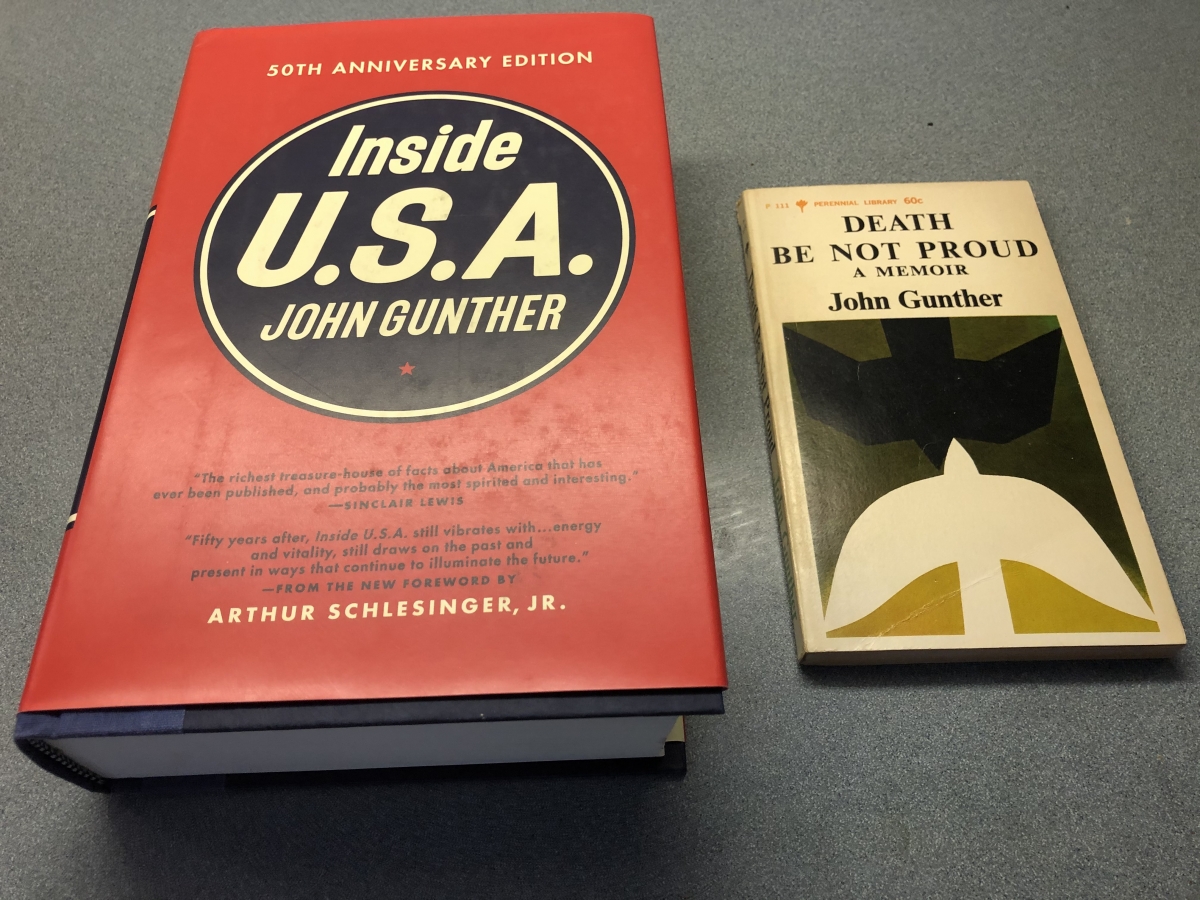
Figure 13. Copies of books by John Gunther owned by David Lindsay Roberts. Photo by David Lindsay Roberts.
Death Be Not Proud did indeed prove to be a fast read, but by the time I had finished it I knew I could not give the book away; it had become a source. I take the liberty of quoting from Republic of Numbers:
The Liebers were at the height of their fame in the late 1940s. In their unconventional way, Lillian and Hugh had made themselves, through the vehicle of mathematics, into an intellectual power couple in New York City. As recounted in the bestselling memoir of 1949, Death Be Not Proud, when journalist John Gunther sought to support the will to live of his gravely ill teenage son by nourishing the boy’s curiosity about science and mathematics, the Liebers were called in. Young Johnny, battling a brain tumor, reported in a letter to a friend: “You may be interested to know that I was very lucky to meet Mr. and Mrs. Lieber who have written the books on higher Math in verse all full of wonderful illustrations. Mrs. L. is head Math Dept. and Mr. L. of Art at Long Island University.” One day before he died, Johnny Gunther, expecting shortly to travel from New York City to spend the summer in rural Connecticut, packed a small collection of books. Among them were the Liebers’ Einstein Theory of Relativity and Galois and the Theory of Groups [Roberts 2019, 151].
To gather more information about the Liebers, I began with Wikipedia. By no means do I disparage the use of this site, as long as one is appropriately cautious with checking what one finds there (an instructive case is cited below). I have found Wikipedia to be an excellent way to quickly get my bearings at the beginning of a research project, especially as a means of learning about available reference sources.
In the case of Lillian Lieber, Wikipedia led me to the website of the “Jewish Women’s Archive.” Here I learned that Lillian Rosanoff Lieber had been born in Nicolaiev, Russia, and that she had three older brothers: Joseph Rosenberg, Aaron Rosanoff, and Martin André Rosanoff. Putting aside the puzzle of the disparate last names for the moment, I noted that this website referenced a book: Yesterday: A Memoir of a Russian Jewish Family by Miriam Shomer Zunser, published in 1978. The librarians at my institution, Prince George’s Community College, expeditiously located a copy of this book through interlibrary loan. I browsed it quickly, looking for “Lillian” or “Rosanoff” or “Lieber.” Puzzled to find none of these words, I started over at the beginning and read more carefully. I still failed to find any of those words, but I did notice a chapter about Avrom and Haiye “Rosenberg,” living in “Nikolayiev,” in the Pale of Settlement of the Russian Empire, who had four children, “all of whom bore biblical names.” This family immigrated to the US. And then: “Their four children grew up. Then three of them cast off the Rosenberg name. . . . They found it too Jewish and a hindrance to their advancement. They adopted a Russian name and married Gentiles” [Zunser 1978, 143].
Things were coming into better focus, though “Martin” did not strike me as very Biblical, and I was curious to know more. I no longer recall how I got the inspiration to search Ancestry.com. Somewhere I had learned that I could access this site for free at my local public library in Laurel, Maryland. Knowing from Yesterday the place and approximate year of Avrom Rosenberg’s birth, and the year of his emigration, I managed to navigate through the considerable population of Rosenbergs to what I considered a remarkable find: the passenger list for the ship carrying my Rosenberg family from Europe to New York in 1891.

Figure 14. From the passenger list of the Fürst Bismarck, from Hamburg, Germany,
arriving in New York, New York, July 11, 1891.
In Figure 14 we can see Abram Rosenberg with his wife, Chaie, and children Moses, Aron, Josef, and Helene. Helene’s age of 3 does not quite match with the birthdate of 1886 attributed to her elsewhere, but I was convinced that this was the future Lillian Lieber. Further exploration of Ancestry.com unearthed the record of the Census of 1900, with Moses now become Martin, a “chemist,” and Helene, now Lillie, age 14, “at school.” (See Figure 15.) Martin, I would learn elsewhere, would become a professor of chemistry, and Lillian would herself obtain a PhD in chemistry under his direction. It all fit.
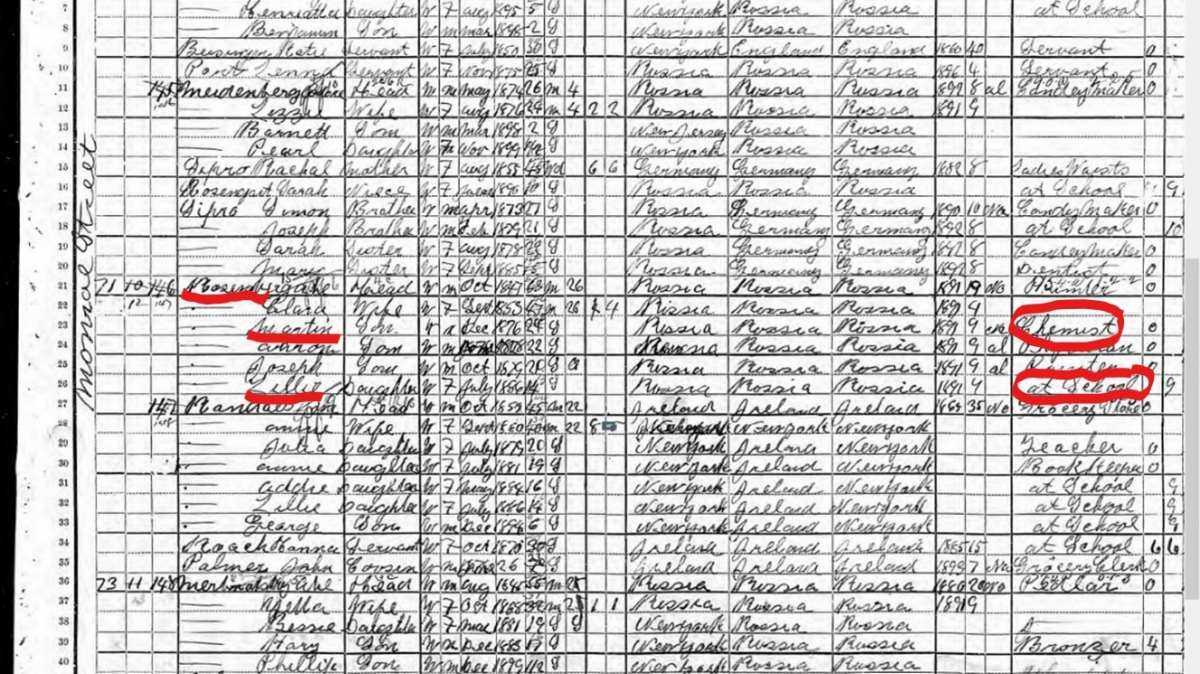
Figure 15. From the United States Census of 1900, Monroe Street, Borough of Manhattan, New York, New York.
I made one additional online discovery regarding Lillian Lieber. I was curious to see if I could determine approximately when she had changed her name from Rosenberg to Rosanoff. Having learned that she had gotten a bachelor’s degree at Barnard College, I wondered under which name she had attended. Browsing around HathiTrust, I found a 1906–07 directory for all students attending any division of Columbia University (the parent institution for Barnard). I found no “Rosenberg” recorded, but I did find “Rosanoff, L.,” listed as a third-year student at Barnard (as designated by “3 b”). And what was the name just above hers? Why it was none other than “Roosevelt, F. D.,” a third-year law student (as designated by “3 l”). Delightful!
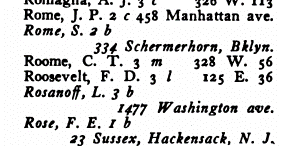
Figure 16. Columbia University Catalogue, 1906/07, from page 40 of the Directory of Students.
(Women are listed in italics.)
How appropriate was this conjunction of names, especially given the dedication that Lillian would give to The Einstein Theory of Relativity in 1945, seen in Figure 17.

Figure 17. [Lieber and Lieber 1945, v].
I am pleased to report that my Republic of Numbers is now listed among the references on the Lillian Lieber page on Wikipedia.